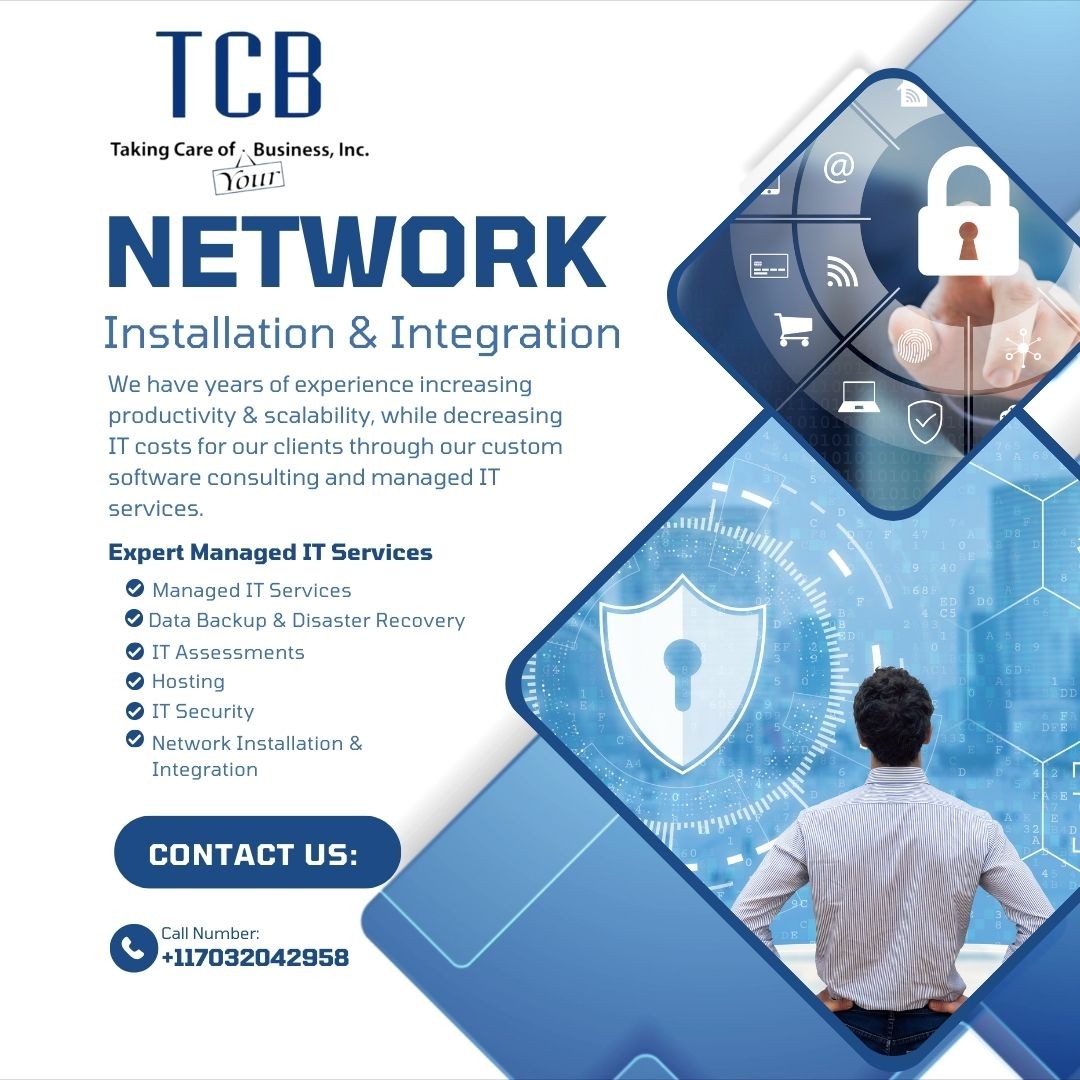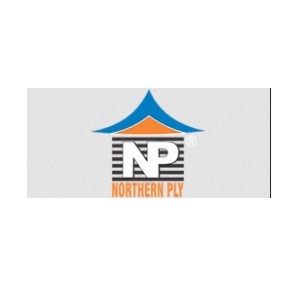Network monitoring involves the continuous surveillance of your business’s network to ensure that all systems and devices are functioning as intended. It can help detect vulnerabilities, identify unusual activity, and address potential threats before they escalate into full-blown security incidents. Below, we explore how network monitoring services can significantly bolster your business’s IT security.
1. Real-Time Threat Detection
One of the key benefits of network monitoring services is their ability to detect threats in real time. Whether it’s a DDoS (Distributed Denial of Service) attack, an attempted data breach, or unusual network traffic patterns, monitoring services can immediately alert your IT team to potential threats. The sooner you detect a cyberattack, the sooner you can take action to mitigate its impact.
For instance, network monitoring tools continuously analyze incoming and outgoing traffic, checking for anomalies such as unusual spikes in data transfer, suspicious logins, or unauthorized access attempts. If anything unusual is detected, your team is notified, allowing for rapid intervention before any harm is done. Real-time threat detection is essential for preventing cybercriminals from gaining access to critical systems, databases, and sensitive information.
2. Improved Incident Response Time
Time is of the essence when responding to security incidents. The longer a security breach goes unnoticed, the more damage it can cause. With network monitoring services, businesses can ensure that any irregularities are spotted quickly, leading to faster response times.
A well-configured network monitoring system will not only flag suspicious activity but also provide detailed reports and diagnostics to help IT teams identify the root cause of the issue. These reports can include logs of user activity, data packets, and access histories that make it easier to trace the point of entry and understand how the threat is spreading. Armed with this information, IT personnel can react swiftly and take the necessary steps to contain the breach, prevent further compromise, and restore systems to normal.
3. Continuous Surveillance of Network Traffic
In a typical network environment, vast amounts of data are constantly flowing between devices, servers, and users. Network monitoring services provide continuous surveillance of this traffic, allowing businesses to track communication patterns and identify potential risks that could otherwise go unnoticed.
By monitoring network traffic, businesses can detect early signs of data exfiltration, malware activity, or unauthorized devices accessing the network. It’s especially valuable for detecting threats like insider attacks, where a trusted employee or contractor might be attempting to steal data or manipulate systems. Through comprehensive traffic analysis, businesses can also identify compliance issues, such as unsecured data transfers, that could violate industry regulations.
4. Proactive Vulnerability Management
Network monitoring services are not only reactive in nature but also proactive. Regular monitoring helps detect vulnerabilities in your network infrastructure that could be exploited by attackers. These vulnerabilities could stem from outdated software, misconfigured systems, unpatched devices, or even weak passwords.
By continuously scanning the network for potential weaknesses, monitoring services enable businesses to address vulnerabilities before they can be exploited. For example, if a system or device is found to be running outdated firmware with known security holes, the network monitoring service will alert administrators to apply the latest patches or take the device offline. Proactively managing vulnerabilities can significantly reduce the chances of successful attacks targeting your infrastructure.
5. Enhanced Compliance and Reporting
For businesses in regulated industries such as healthcare, finance, or e-commerce, compliance with industry standards is crucial. Network monitoring services help ensure that your business adheres to regulatory requirements by providing detailed reports on network activity, user behavior, and security events. These reports can be used to demonstrate compliance with standards like GDPR, HIPAA, PCI DSS, and others.
In the event of an audit, businesses can easily access these logs to show that they have been actively monitoring their network and maintaining proper security protocols. The ability to produce these reports on demand not only helps with compliance but also strengthens your business’s overall security posture by providing transparency into network activity and allowing for easier identification of gaps or weaknesses in your security strategy.
6. Reducing Downtime and System Failures
Network downtime can be costly, both in terms of lost revenue and productivity. When a business experiences network failures, employees may not be able to access critical systems or data, which can stall operations and frustrate customers. Network monitoring services help reduce downtime by providing early warnings of potential issues before they disrupt operations.
For example, if a network device is experiencing performance degradation or a server is under heavy load, network monitoring tools can alert your team to take preventive measures, such as balancing traffic or upgrading hardware. By identifying and addressing performance issues early, businesses can avoid service disruptions and ensure that their IT systems remain operational.
7. Network Segmentation and Access Control
Another important aspect of network security is ensuring that different departments or sections of your network are properly segmented to limit the damage in the event of a breach. Network monitoring services can help implement and enforce network segmentation by tracking the flow of data across different segments.
For example, if a breach occurs in one section of the network, monitoring services can help contain the attack by preventing it from spreading to other parts of the infrastructure. Additionally, these services can monitor who is accessing the network and ensure that only authorized users are granted access to sensitive systems and data. This reduces the risk of internal threats and ensures that your network operates with strict access controls.
Conclusion
In today’s fast-paced digital world, businesses must be vigilant in protecting their IT infrastructure. Network monitoring services play a critical role in bolstering IT security by offering real-time threat detection, proactive vulnerability management, faster incident response times, and enhanced compliance. By investing in robust network monitoring solutions, businesses can significantly reduce the risk of cyberattacks, minimize downtime, and improve overall security. In doing so, they can safeguard their sensitive data, maintain customer trust, and keep operations running smoothly.
Whether you are a small startup or a large enterprise, network monitoring is an essential component of a comprehensive IT security strategy that can keep your business safe in an ever-evolving threat landscape.








